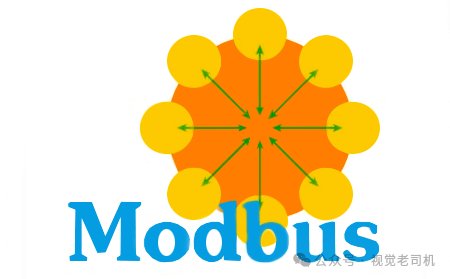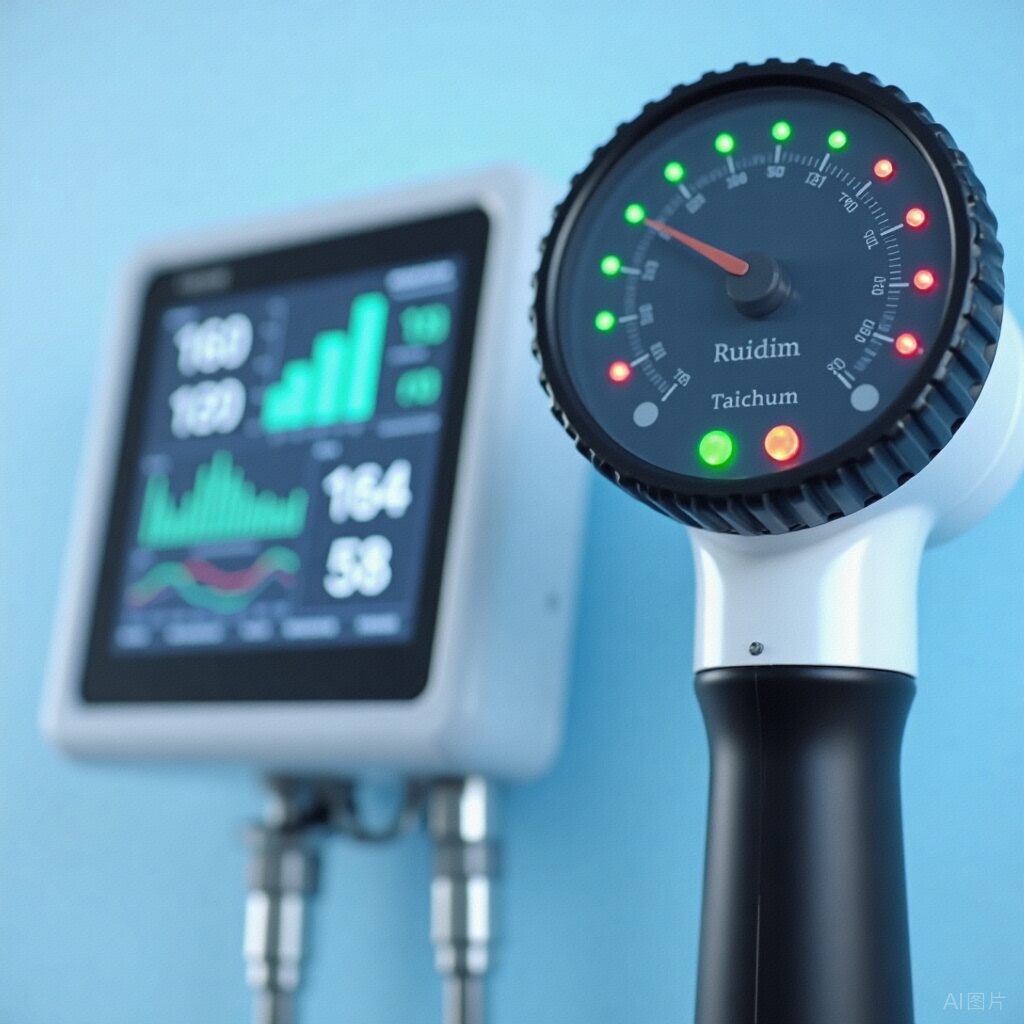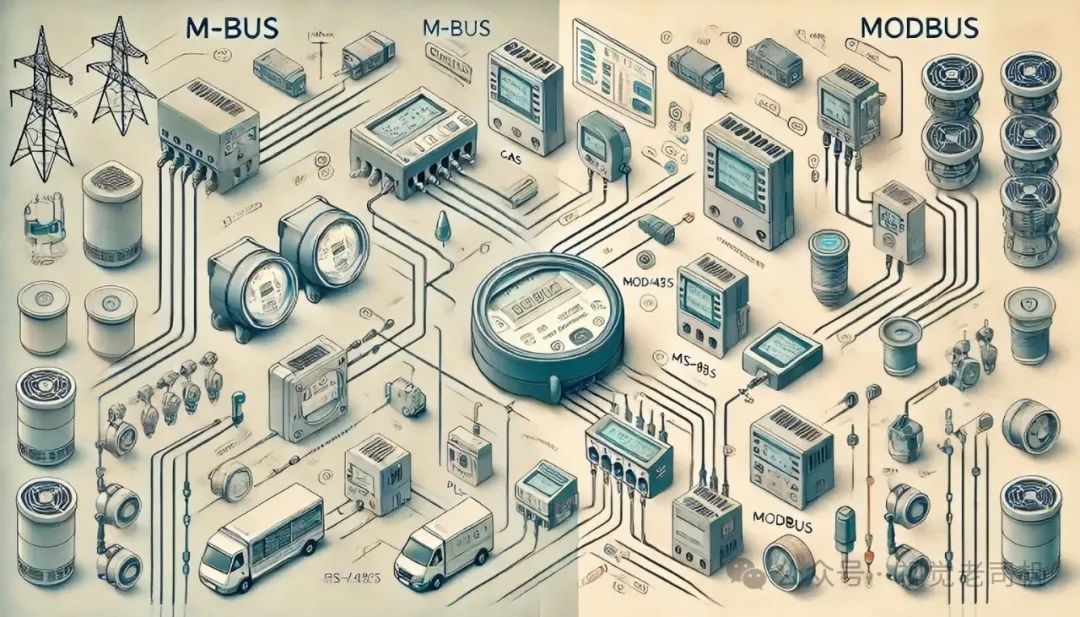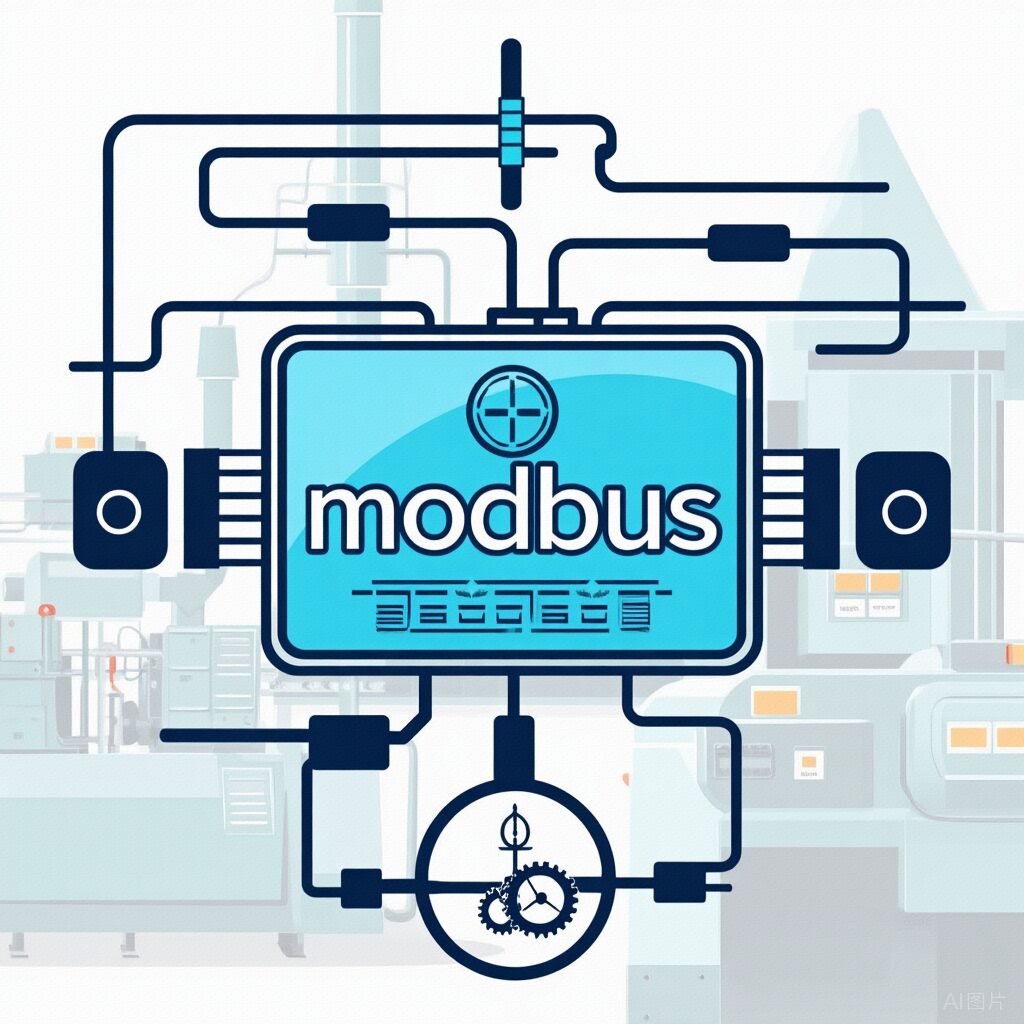Modbus–The Common Language of Industrial Communication
Why Do We Need Modbus?
—— How the Common Language of Industrial Communication Ends the “Babel Tower Dilemma”

1. The Era Before Modbus: The “Babel Tower Dilemma” of Industrial Communication
In the factory workshops of the 1970s, the dialogue between equipment was like a chaotic “Babel Tower”:
-
Device A (PLC): Sends the “start motor” command using its own manufacturer’s protocol, with encoding rules as
0x0 2 0x0 C. -
Device B (Motor Driver): Only recognizes another set of protocols, interpreting
0x0 2 0x0 Cas “turn off the cooling system”. -
Result: Production line downtime, engineers working overnight to troubleshoot the failure.

This phenomenon is known as the “communication Babel Tower”—devices from different manufacturers use proprietary protocols, leading to:
-
Soaring Integration Costs: Each time a new device is integrated, a custom communication interface must be developed.
-
Maintenance Nightmare: Troubleshooting requires checking dozens of different protocol manuals.
-
Automation Islands: Devices cannot collaborate, leaving factories in a “semi-automated” stage.

2. The Birth of Modbus: The “Unified Language” of Industrial Communication

In 1979, when the American company Modicon (now Schneider Electric) launched the first commercial PLC, it simultaneously released the Modbus Protocol, which corely addressed three major issues:
2.1 Breaking the “Dialect Divide”

-
Open Standard: The protocol specification is completely open, and any manufacturer can implement it for free.
-
Unified Semantics: Defines general operations using “function code + register address” (e.g., 01 function code = read output coil).
-
Standardized Data Model: Maps device functions to four types of data tables:
① Coils: Boolean values (e.g., switch status)
② Discrete Inputs: Read-only Boolean values (e.g., emergency stop signal)
③ Holding Registers: Readable and writable 16-bit data (e.g., set values)
④ Input Registers: Read-only 16-bit data (e.g., temperature measurements)

Case Study:
In a certain pump control scenario:
-
Vendor A’s “pump speed” is mapped to holding register 5001
-
Vendor B’s “valve opening” is mapped to holding register 5002
-
Through Modbus, the master station only needs to send
03 5001 5002to read both data simultaneously, without caring about the internal implementation of the devices. -

2.2 Lowering Communication Barriers
-
Lightweight Design:
a. The minimum data frame is only 8 bytes (RTU mode), suitable for early 8-bit microcontrollers.
b. No complex handshake process is needed, and the master-slave query mode reduces implementation difficulty.
-
Hardware Compatibility:
a. Based on RS-485 bus, a single twisted pair can connect 32 devices, costing only 1/10 of a dedicated network.
b. Transmission distance reaches 1200 meters (RS-485), meeting the layout needs of factory workshops.
2.3 Building an Ecosystem
-
Explosion of Tool Chains:
1. Debugging tools (like Modbus Poll) allow engineers to “plug and play” test devices.
2. Open source libraries (like libmodbus) lower the development threshold, allowing students to quickly get started.
-
Cross-Industry Integration:
1. Adapting Modbus TCP for Ethernet breaks the boundary between IT (Information Technology) and OT (Operational Technology).
2. Gateway devices support Modbus to Profinet, EtherCAT, and other protocols, acting as a “translator” between old and new systems.


3. The Deep Value of Modbus: Beyond Technology Itself
3.1 Economic Value — The “Marginal Cost Revolution” of Industrial Automation
A certain automotive factory’s statistics show:
Before adopting Modbus: The communication development cost for each production line was about 600,000, taking 3 months.
After adopting Modbus: The cost for similar projects dropped to 60,000, with the cycle shortened to 1 week.
The marginal cost approaches zero, transforming automation technology from a “luxury” into a “necessity”.
3.2 Sociological Significance — The “Cognitive Load Reduction” for Engineers
Standardization of Protocol Manuals: All Modbus device documentation follows the same structure, allowing engineers to focus only on the register address mapping table.
Unified Debugging Process:
Connect device → Set baud rate → Send 03 function code → Read data, forming muscle memory.
The training period for newcomers is compressed from 3 months to 1 week.

3.3 Industrial Catalytic Effect — Nurturing the Prototype of Industrial IoT
A certain cement factory case:
Connected over 200 sensors via Modbus RTU for local DCS control.
Through a Modbus TCP gateway, data is uploaded to the cloud platform, initiating predictive maintenance.
Modbus’s low-cost interconnectivity lays the physical layer foundation for the Internet of Things.


4. Why Does Modbus Still Matter Over 40 Years Later?
Even in the era of Industry 4.0, Modbus remains significant because:
4.1 The “Path Dependence” of the Existing Market
There are over 300 million existing Modbus devices globally, and the renovation costs far exceed the losses caused by the protocol’s shortcomings.

Typical Case: A certain oil field SCADA system has been running stably for 20 years, retaining Modbus solely because it “does not support new protocols”.
4.2 The Eternal Charm of Simplicity
The following scenarios remain optimal solutions:
1. Low-speed sensors (e.g., temperature and humidity transmitters)
2. Monitoring systems that do not require real-time control (e.g., electric meter reading)
3. Renovation of old equipment (adding Modbus RTU to WiFi modules)
4.3 The Balancing Act of Security and Innovation
-
The new generation Modbus Secure compensates for security shortcomings with TLS encryption while maintaining protocol simplicity.
-
Complementing protocols like OPC UA:
Modbus is responsible for data acquisition at the site level
OPC UA is responsible for cross-system data modeling and transmission

Conclusion: Insights from the “First Principles” of Communication Protocols
The success of Modbus confirms a truth: The best technical standard is not necessarily the one with the strongest performance, but the one that best balances simplicity, openness, and ecological cohesion. When engineers debate whether “Modbus is outdated,” it is worth revisiting history—this “sufficiently simple” protocol has enabled industrial automation to escape the “Babel Tower Dilemma” and opened the vast sea of intelligent manufacturing.

As Vint Cerf, the father of the TCP/IP protocol, said:“The highest realm of protocol design is to make complexity disappear in the architecture, rather than impose it on the user.”
Modbus has illustrated this concept through 40 years of practice, which is the fundamental reason it remains irreplaceable today.